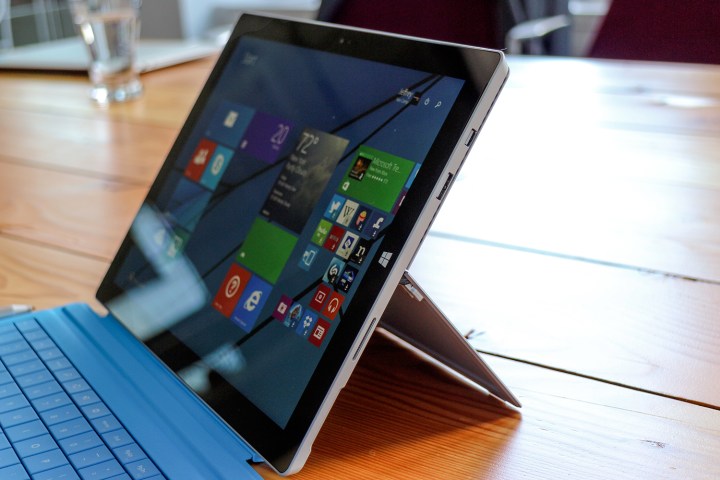
Secure Boot works at the firmware level, and essentially makes sure that the bootloader and other components are cryptographically signed and allowed to run on the current hardware. Because of this, only an operating system cryptographically signed by Microsoft can load. In addition to preventing piracy, Secure Boot also stops malware in its tracks when it tries to modify the system firmware, or install rootkits that load up before or during the OS loading process.
Secure Boot relies on a DeviceID element, meaning each device has its own unique number. Thus, this number is associated with the installed operating system. That said, Secure Boot cannot be disabled on Microsoft devices by consumers.
However, Microsoft created tools (aka policies) for altering the Secure Boot system. These tools are merely sets of rules that load up during the boot process, enabling IT administrators to make changes to their Microsoft-based hardware, for developers to test drivers, and so on. The “golden key” in question disables the operating system signature check so that Microsoft’s own developers can test new builds without having to officially sign each one.
Thus, the leaked tool does not include a DeviceID element, nor does it have any rules pertaining to on-disk Boot Configuration Data, enabling anyone to test-sign software not signed by Microsoft. With this tool now out in the wild, Microsoft devices like the Surface 3 and Surface Book could be even more open to nasty attacks by hackers. This of course heats up the controversy surrounding backdoors in operating systems.
“About the FBI: are you reading this? If you are, then this is a perfect real world example about why your idea of backdooring cryptosystems with a ‘secure golden key’ is very bad! Smarter people than me have been telling this to you for so long, it seems you have your fingers in your ears,” the researchers write. “You seriously don’t understand still? Microsoft implemented a ‘secure golden key’ system. And the golden keys got released from MS own stupidity. Now, what happens if you tell everyone to make a ‘secure golden key’ system? Hopefully you can add 2+2.”
According to a disclosure timeline, the researchers discovered the initial policy and reported the problem to Microsoft between March and April of this year. Microsoft seemed reluctant to fix the issue at first, but finally awarded them a bug bounty in June. A patch arrived in July but didn’t totally resolve the issue, thus Microsoft launched another patch in August. A third patch is expected to be released soon.
The Secure Boot credential leak arrives after Apple’s conflict with the FBI over the iPhone 5c used by one of the San Bernardino shooters in December of 2015. The government wanted Apple to create a version of iOS with a built-in backdoor so that agents could gain access to the device’s data. The investigation was to take place within a special lab at Apple, but the company refused to create such a tool, stating that it would cause utter chaos for iOS device owners if it fell into the wrong hands.
Editors' Recommendations
- Microsoft plans to charge for Windows 10 updates in the future
- Apple’s security trumps Microsoft and Twitter’s, say feds
- Microsoft Defender finally feels like proper antivirus software for individuals
- Frustrated security researcher discloses Windows zero-day bug, blames Microsoft
- Microsoft Edge’s latest feature keeps you even more secure when browsing

